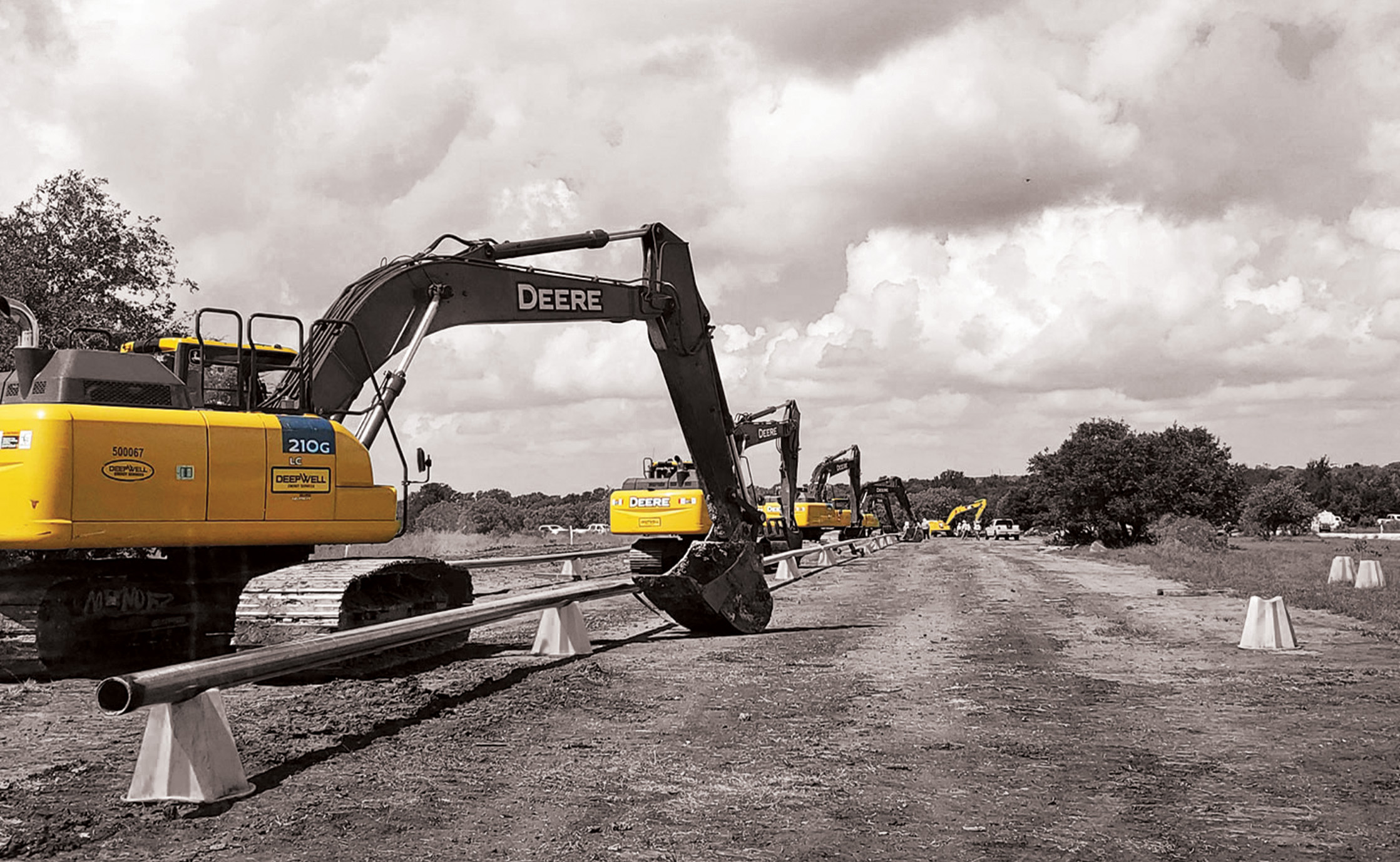Everything About Oil Field Equipment and Pipeline Equipment: Secret Insights and Crucial Information
Oil field equipment and pipeline systems play a critical function in the oil and gas market. They are vital for the efficient extraction and transport of hydrocarbons. Trick elements, such as drilling rigs and storage tanks, directly influence functional success. At the same time, innovations in modern technology promise to improve security and efficiency. Recognizing these aspects is crucial for any individual entailed in or curious about this intricate industry, as it establishes the stage for much deeper expedition of sector practices.

Review of Oil Field Equipment
As the need for oil remains to grow, recognizing the tools used in oil fields comes to be progressively essential. Oil field equipment includes a variety of equipment and devices vital for exploration, removal, and handling. Key components include piercing rigs, which are crucial for reaching oil tanks, and manufacturing devices, such as separators and pumps, that assist in the removal process. Superior Oilfield pipeline equipment rentals. Furthermore, storage containers play a significant function in holding petroleum before transport. Safety and security tools, consisting of blowout preventers and stress assesses, ensures operational security and effectiveness. Each tool functions cohesively to enhance production and preserve effective operations. Familiarity with this equipment is necessary for specialists in the sector to assure successful procedures and adherence to security criteria
Kinds Of Drilling Rigs and Their Applications
Drilling rigs function as the foundation of oil extraction procedures, with various kinds designed for specific geological conditions and operational needs. One of the most common types include rotary exploration rigs, which utilize a revolving drill little bit to pass through the planet, and cable television device rigs, known for their percussion exploration method. For offshore operations, jack-up rigs and semi-submersible rigs supply security and support in aquatic settings. Additionally, directional exploration rigs make it possible for operators to drill at angles, getting to down payments that are not up and down obtainable. Each gear kind has one-of-a-kind advantages, maximizing efficiency and safety based on the boring setting. Choosing the proper rig is crucial for optimizing source removal while reducing ecological impact and functional prices.

Crucial Pipeline Equipment and Their Functions
Pipeline framework is crucial for the transport of oil and gas from removal websites to refining centers and end-users. Numerous essential devices parts facilitate this procedure. Pipelines themselves function as the key conduits, made to withstand high stress and destructive substances. Pump terminals are crucial for preserving circulation by increasing stress along the pipeline. Shutoffs play a crucial role in managing circulation and separating sections for maintenance. Additionally, fittings and connectors ensure protected joints between pipe sections. Checking systems, including circulation meters and pressure sensors, are vital for detecting leaks and maximizing flow rates. Pigging devices is used for upkeep and cleaning, securing pipeline integrity and efficiency. With each other, these components develop the foundation of a trusted pipeline system.
Advancements and Technologies in Oil and Gas Equipment

Security and Upkeep Practices in the Oil Industry
While the oil market has made considerable strides in innovation and performance, the importance of robust safety and security and maintenance techniques can not be overemphasized. Effective safety protocols are necessary to protect employees and the setting, decreasing the threat of crashes and spills. Normal examinations and maintenance of equipment help identify possible issues prior to they intensify, ensuring operational integrity. Educating programs for employees are crucial, emphasizing the significance of safety and security understanding and emergency situation feedback treatments. In addition, adherence to market policies and requirements cultivates a culture of safety. Executing innovative tracking innovations can additionally improve upkeep techniques, permitting for real-time evaluations of devices conditions. Inevitably, focusing on security and upkeep is essential to the sustainability and success of the oil industry.
Often Asked Questions
What Are the Environmental Effects of Oil Field Equipment?
The environmental influences of oil field equipment include environment damage, water contamination, and air contamination (Superior Oilfield pipeline equipment rentals). In addition, equipment malfunction can cause spills, adversely impacting wildlife and communities, highlighting the demand for rigid regulations and tracking
How Is Oil Field Equipment Transported to Remote Locations?
Delivering oil field equipment to remote places commonly involves specific vehicles, helicopters, or barges. Logistics business coordinate routes, making sure devices arrives securely and effectively, thinking about terrain and access to reduce delays and optimize performance.
What Regulative Specifications Govern Oil Field Equipment?
Governing criteria governing oil field equipment mostly include security, environmental management, and operational efficiency standards. Agencies such as OSHA and EPA enforce these laws to assure risk-free techniques and decrease ecological effect in oil extraction procedures.
What Skills Are Required to Run Oil Area Equipment?

Just How Do Oil Rates Affect Equipment Demand and Use?
Oil rates greatly influence devices demand and usage. Greater rates normally bring about increased expedition and production activities, driving need for machinery. On the other hand, lower rates get more info might result in minimized procedures and decreased demand for equipment.